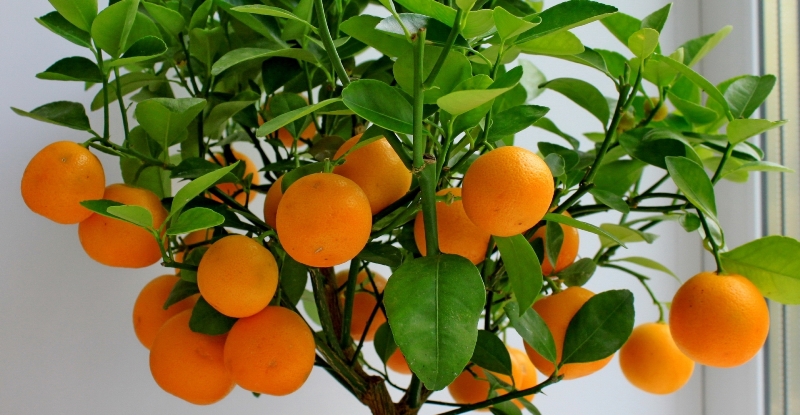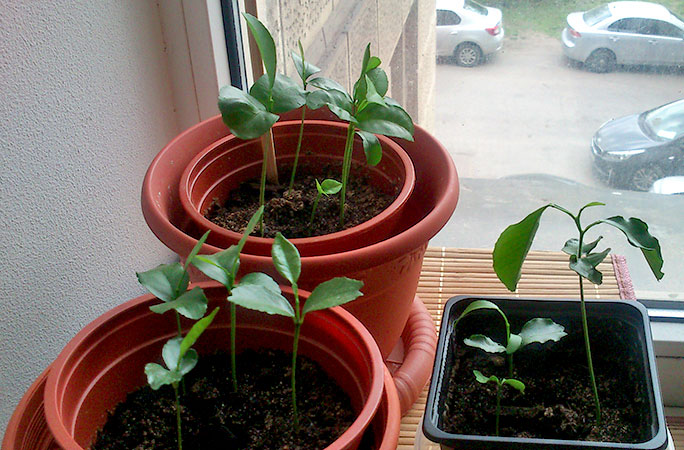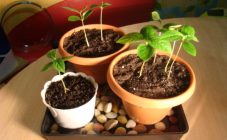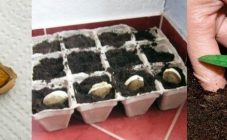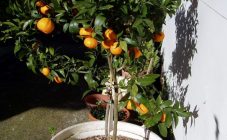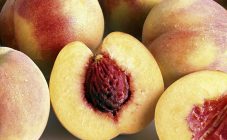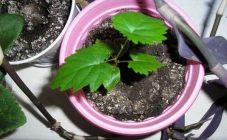Content:
From the variety of indoor plants, citruses stand out for the beautiful appearance of greenery, and are also distinguished by their usefulness. Growing in pots, woody crops with glossy leaves are capable of bearing fruit. Then they look especially impressive. It is quite possible to grow such an exotic miracle - an orange tree from a seed. You need to be patient if you want to get not only ornamental greens, but also fragrant flowering with subsequent fruiting.
Description of popular varieties
Orange is quite unpretentious to care for. All you need is regular, preferably daily watering, nutritious soil and plenty of natural light. Seeds from a fruit purchased in a grocery store are suitable as planting material. How to grow an orange from a seed left over from a delicious fruit? If you plant it in a pot, there is a significant chance that it will start to sprout. But waiting for the harvest from the tree is not so easy.
Experienced citrus growers grow these trees using seedlings obtained from cuttings. In the southernmost regions of the Russian Federation, oranges are even able to winter outdoors. But for a home greenhouse or window decoration, it is quite advisable to grow seedlings. Approaching the question thoroughly, it is advisable to make the choice of the most suitable variety.
Groups with bitter and sweet fruits are known. On the territory of the Russian Federation, the following three varieties of this citrus crop are most often sold:
- Sweet Orange: Chinese or Portuguese.
- Sour - a hybrid of pomelo and mandarin.
- With a bitter taste.
The following varieties are common and the best:
- Washington Neville is a sweet and sour fruit with a porous and thick skin. Brazil is considered the homeland. The fruit is seedless.
- Valencia is a Spanish cultivar with a thin skin of bright color, with noticeable red blotches. The pulp has the same color, sweet taste.
- Sicilian Blondo Commune with many seeds that can germinate easily.
- Oval Orange is so named because of its shape. It tastes like Valencia.
- Tarocco is also Sicilian and ripens early. Harvested until January. The fruits are fragrant and very tasty. They also differ in red flesh. This fruit can be grown from seed.
Abkhazian and Moroccan oranges are popular, quite capable of competing with those listed above.
Growing an orange from a seed
First you need to sow. If conditions are right for this exotic crop, planting will be successful and sprouts will appear. It may take several months to wait. Citrus orange seeds are embryos with a dense skin. The condition for the obligatory appearance of a sprout is a favorable soil mixture. Before planting seeds, you need to prepare the ground. Take leafy soil, sand, humus, turf, mix equally.
To be sure that all the necessary trace elements saturating the soil, you can buy ready-made soil. The one that suits the rose, lemon. Drainage required - drain holes in the pot. It is recommended to put expanded clay or small stones at the bottom. In the question of how to germinate an orange seed, the sowing period is also important. The most favorable season is spring.An important factor for the further survival of the tree is the selection of seeds. Growing is done from any bone, but more potential vitality is concentrated in large ones.
There is also a much better chance of germination and survival with whole seeds, without damage, and beautiful in appearance. To plant citrus correctly, follow these steps:
- After removing the seeds from the fruit, it is recommended to rinse them.
- Soak in warm water overnight.
- The seeds are placed on a moistened napkin and covered with it to keep them from drying out.
- The napkin is packed in a greenhouse bag. Leave in a warm room.
The process of sprouting an orange from its seed takes place at +25 ° C for over 2 weeks. The seeds in the bag must be moistened if they dry out, and the greenhouse must be ventilated. When the moment comes when it will be possible to plant the plants, the pot should be ready. The soil (sprout soil) must be calcined over a fire (frying pan or baking sheet) for several minutes. Having planted a seed, it is watered with warm infused water, a greenhouse is made of film and the container is placed on the windowsill.
After 3 weeks, a sprout is formed from each bone - shoots. Upon reaching 2 cm, the seedlings are placed in pots 9 cm in diameter. Later, the capacity can be increased again by replanting plants with a clod of earth.
Further recommendations on how to grow a room orange are to strengthen it. It is necessary to harden citrus by exposing it to the natural temperature of the environment in the fall and next spring. For this, the trees are kept on the balcony or in the garden, where there is a lot of light. With daily watering of dried soil, stagnation of moisture should be excluded. When the period of crown formation comes, transplants into large pots are stopped.
Growing an orange from a seedling
The sprout will begin to turn into a tree. Now the main requirements are regular soil moistening, and then pruning. There is nothing difficult in indoor growing this culture from a bone. But an orange can be harmed by both drying out of the soil and stagnant moisture. Six months after planting, the plant is fed with organic and mineral fertilizers.
The formation of the crown by pruning is done in a favorable period of increasing daylight hours. It's spring, summer. In the second year of life, the crown is cut off, leaving about 20 cm of the plant, which stimulates the formation of lateral shoots that form skeletal branches. Upon reaching 30 cm, 2 or 4 leaves are removed from the crown - this is an impetus to the growing of lateral branches of the second order. Further, cutting off these shoots (upon reaching 30 cm), we achieve the development of offshoots of the third and subsequent generations.
Get a plant with a trunk of 15 cm and 3-4 branches of the crown with shoots. With the appearance of branches of the fifth order, one can hope for flowering and fruit development (5 or 7 years). The primary buds are removed to make the tree stronger. For 8 years the harvest will be confident. If you don't want to wait, you can vaccinate, that is, you need to nestle a branch of fruiting citrus (lemon, tangerine, orange) to the tree. It is better to entrust this procedure to a specialist.

